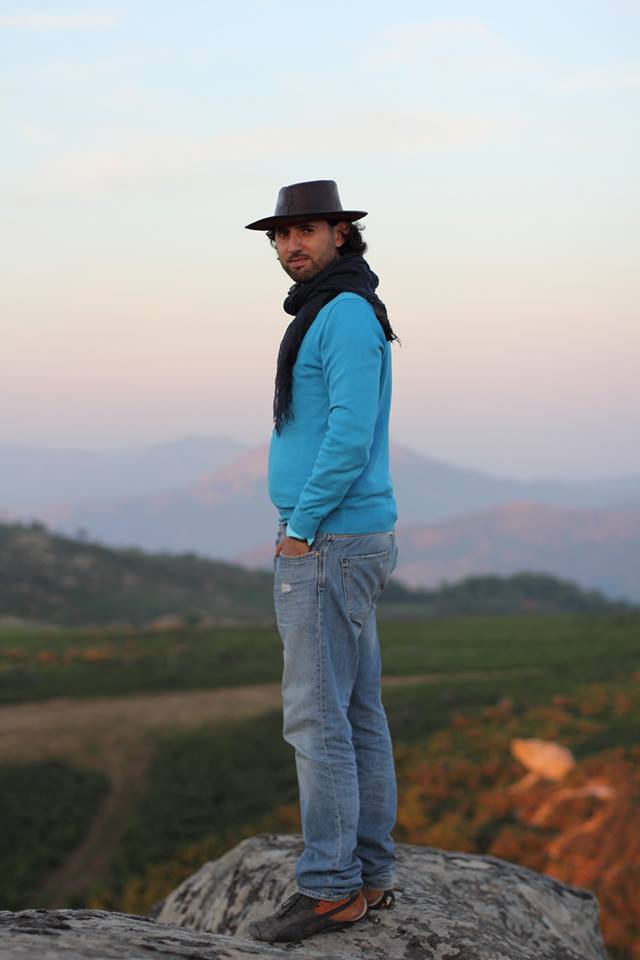 Degree in physics, astrophysics branch, with an experimental thesis on auroras (title: Analysis of the daylight auroral’s activity within the ITACA2 Project) held in Rome at the Institute of Interplanetary Space Physics (INAF), and PhD in nuclear and particle astrophysics, with a thesis about space weather (title: Multispacecraft observations of Coronal Mass Ejections) held at the Superior School of the University of Catania and at the Astrophysical Observatory of Catania (INAF).
Degree in physics, astrophysics branch, with an experimental thesis on auroras (title: Analysis of the daylight auroral’s activity within the ITACA2 Project) held in Rome at the Institute of Interplanetary Space Physics (INAF), and PhD in nuclear and particle astrophysics, with a thesis about space weather (title: Multispacecraft observations of Coronal Mass Ejections) held at the Superior School of the University of Catania and at the Astrophysical Observatory of Catania (INAF).
Following the achievement of the PhD in 2012 he dedicated a lot of time to the scientific dissemination, so that he had already made more than 200 public lectures in Italy, to emphasize how education and culture are important and integral elements of a scientific researcher.
Scholar of the history of science and cultural astronomy (ancient astronomy, history of astronomy and archaeoastronomy), he is a member since 2012 of the Italian Society of Archaeoastronomy (SIA), established in 2000 under the prestigious aegis of the Lincei Academy.
Furthermore, from 2012, he began to devote himself to the archaeoastronomy’s science, becoming a pioneer of the studies in Sicily. In 2015 he organized the fifteenth conference of the SIA to the Benedictine Monastery (Department of Humanities/University if Catania), the first made in Sicily, and he was the promoter of the first comprehensive study of archaeoastronomy about Valley of the Temples in Agrigento, the research project carried out in collaboration with the Politecnico of Milan (Italy) and the University of Waikato (New Zealand).
He is founder and president of the Institute of Sicilian Archaeoastronomy, a cultural association that deals with the study of archaeological sites in Sicily that have an archaeoastronomical value. He is the creator and director of the cultural events about ancient astronomy entitled “In Search of Astronomy and Ancient Music” (winter 2018 – the eighth edition) and “Stones&Stars – Archaeoastronomy Festival” (summer 2012 – the first edition), events attended by thousands of people.
He collaborates with various research institutions, including the National Institute of Nuclear Physics (INFN) and the Institute for Archaeological and Monumental Heritage (CNR).
Since 2016 he is part of the scientific committee of the Floresta Longo Foundation; he is author and/or co-author of numerous articles and scientific publications at national and international spread. In June 2017 the Springer publishing house has published the first scientific study on the Argimusco plateau.

